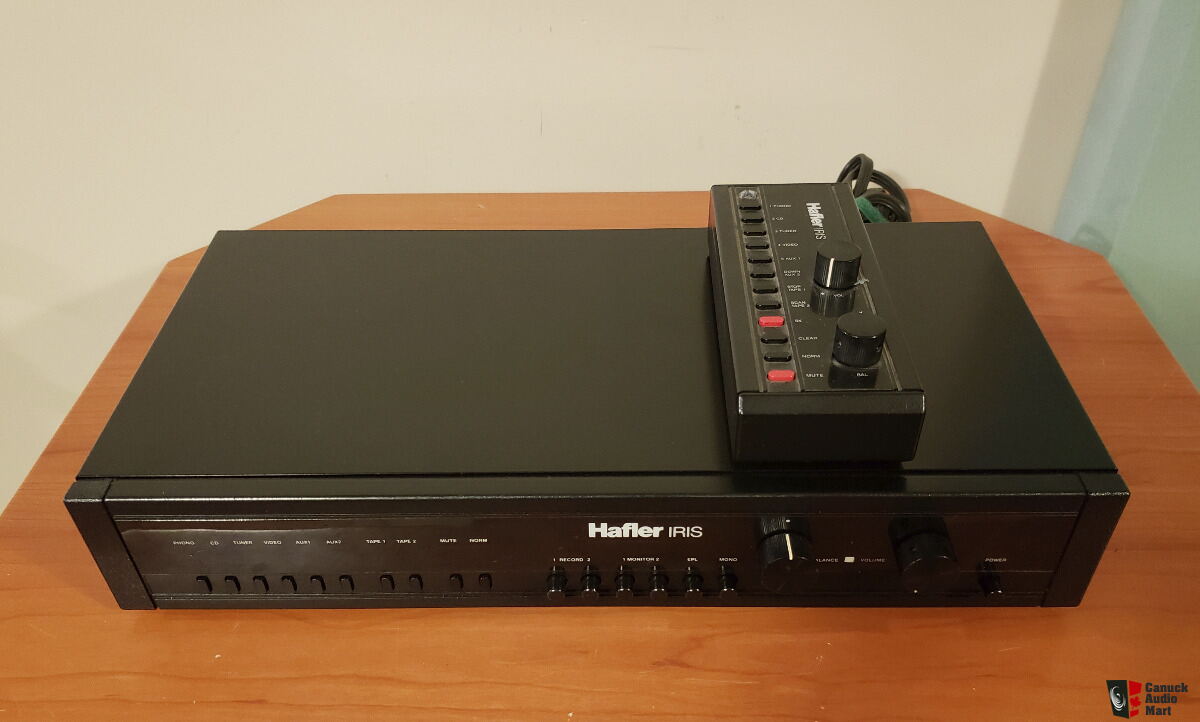@sns I own XP22 and it’s an awesome preamp. I have never heard Coincident. I really like the XP22 - for me, it checks all the boxes. There’s also an obvious synergy between it and the Pass X260.8 in my system. I love tubes though but currently am on break from tubed electronics. When I’m game again, I’ll have the Coincident on my list of preamps to check out. I appreciate how detailed and constructive your post was.
What qualities stand out in really good solid state preamps?
Recently I posted on the Herron HL-1, asking people what they thought, how it compared, etc. It's been sold and that's ok. The search continues.
But it raises a question I'd like to ask folks:
What attributes do you look for in a good solid state preamp?
Some qualities — quietness, durability, seem pretty obvious.
But what other criteria do you use to differentiate between solid state preamps?
How can they differ and what matters to you?
Please let me know!
P.S. As I've looked around, I've begun to learn more about some of the legendary preamps — made by companies such as Threshold, Ayre, Bryston, Pass, Apt-Holman, and others. It's good to have these names as references, but it would be even more useful if I knew what these brands conveyed, sonically. I've played with the idea of getting a newer Schiit preamp and then I wonder -- what if there's a "classic" preamp out there, used? What would it deliver that was worth searching for?
Showing 11 responses by audphile1
@ghdprentice correct! If you look at my post listing the qualities I look for in a preamp, you will see that we’re on the same page. Your last paragraph pretty much echos what I stated and sums it up. |
Appears as if you have already interpreted and perceived what is meant by these words. |
@hilde45 your question is
for me it is the following -
I don’t care for studio monitoring matter of fact in your face presentation |
@hilde45 yes I have. On volume controls….one of my first preamps was Hafler IRIS. The remote control had physical knobs for volume and balance. It was the most amazing and coolest thing ever! Smooth opetation, no clicking. The preamp itself was crazy good as well. Especially for the price of about $250 that I paid for it used 😂. Here’s a pic of it just for kicks…
|
@hilde45 does your Spring KTE have an optional preamp module installed? If your goal is to compare amps, it would be interesting to compare the amps by using a DAC’s preamp section. Or you can get Schiit SYS. It’s passive, transparent and cheap. Just a thought. |
I’m trying to refrain from using a term “neutral”. I don’t know if my streamer, DAC, interconnects, cables and components downstream from the source are neutral. There’s just no way for me to possibly know that unless I can A/B what I am hearing at home with what it sounds like in the studio mixed by a recording engineer and played back on thar very same monitoring equipment. |
@sameyers1 and @decooney I had XP-12 for a while before moving up to XP-22. The 12 is a great preamp and gives you a good dose of that natural, warm and extended Pass sound. I had it paired with XA30.8 driving Wilson Sabrina. Upgrading to XP-22 was a good step up though. By no means it’s a night and day difference because the XP-12 is already very good. But there are few major differences mostly due to the separate isolated and beefed up power supply. You get lower noise floor that allows more subtle details to come thru and become more apparent rather than being buried into the mix, better overall clarity, more authority and texture in the bass and bigger, more solid imaging with better instrument separation. Here’s XP12 :
and the XP-22 for comparison:
|
I recommended the XP-12 to @hilde45 in his other discussion. It’s an easy recommendation and synergy with XA25 isn’t even a conversation. But it all depends on the objective and what you’re trying to do. |
Had Pass XP-12 into Rogue ST100 tube amp. No problems and sounded good. |



